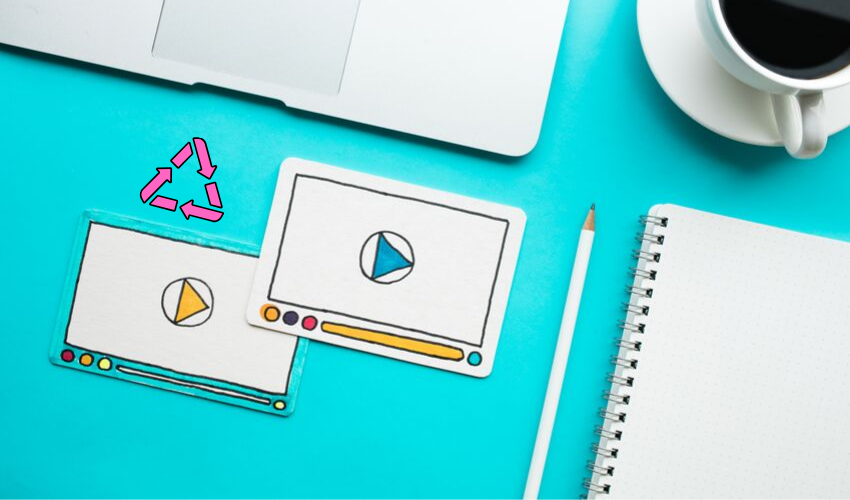
The Basics of Content Recycling
The term recycling has been around for ages. While it generally refers to breaking down and reusing materials that would otherwise be treated like trash, in digital marketing, recycling has a much broader meaning. More specifically, we’re referring to content recycling.
Back to Basics: What is Content Recycling?
Content recycling extends beyond reposting articles or blogs on your social media pages multiple times. It also includes re-tweeting, re-sharing or re-purposing any previously published content either in the same or different format. A content piece like a blog, a video or an image can be repurposed in many creative ways and formats. Depending on its message and form, you can further build your brand’s social presence while maximizing the use of your resources.
The How-To: Way to Recycle Content
Content recycling allows you to revive your old content and give them a new look. Here are some ideas to get creative when repurposing your content:
Use a case study blog and turn it into visual infographics. Infographics are great for bringing old content back to life, they tend to increase user engagement and make long-form text more appealing. Need help creating an infographic? Learn how with this ultimate guide on How to Make an Infographic.
Take information from an old blog and turn it into a video clip;
Turn your content images into GIFs;
Make your older image post a #throwbackthursday post; and
Cross-post your content from one channel to another.
Why, Why, Why: You Should Recycle Content
Oftentimes, producing content doesn’t come easy and can take a while to create. This is where content recycling can be a huge help. Instead of having the quality of your content compromised, recycling older content can offer the best go-to strategy. Moreover, content recycling offers you some great benefits such as:
More posts on your feed get more attention from your audience; with content recycling, you’ll have an ample supply of content to repurpose.
Content recycling allows you to cater to different time zones by posting the same content across various time-slots.
With a demanding posting schedule, content recycling can fill the gap when you’re not able to publish consistently on your social pages.
Your previous content may fit into the current buzz which means a perfect opportunity to re-position it and create new traffic.
Tips & Tricks: How to Master Content Recycling
#1: Choose which content is worth recycling.
Just because content recycling is becoming a norm does not essentially mean you have to randomly recycle any content. It’s extremely important to become strategic in choosing which content to recycle. To achieve this, you will need to formulate a set of standards or qualifications for your older content and see which ones are worth reposting. Several factors like engagement rate, click-through rate, and ROI are keys in determining the ideal pieces of content for recycling.
#2: Your content’s past performance matters.
This is in support of the above narrative about choosing which contents to recycle. To know if the content has potential, dig up the past and take a look at the numbers using analysis platforms like Google Analytics. Older content pieces with high traffic numbers have more value in recycling than content with little or no engagement.
#3: Look for evergreen content.
Evergreen content is an independent piece of content unaffected by factors like trends. Examples of evergreen content include how-to guides and best practice tutorials which may need updating once in a while when necessary but stay relevant over long periods of time. Evergreen content is the best kind to use in content recycling as it never loses its value even to the new online users.
#4: Get creative in recycling.
There’s more to content recycling than just reposting. Remember that the whole point of recycling is to revamp your older content and give it a new life so creativity is a prerequisite. Updating your older posts with new theories and statistics, combining several pieces of informational content into one piece, and converting one form of content into a different format like the aforementioned ways above, are just some of the creative approaches you can use to recycle your existing content.
Content recycling maybe just a tip of the iceberg but when done strategically and correctly, it can help boost your overall content marketing strategy. Not only does content recycling help when you lack the time to generate original pieces but it’s also a cost-effective marketing effort that gives more room for creativity and productivity, all while increasing your traffic.
Running out of content marketing ideas for your brand? Get in touch with our content team!
Email: [email protected]
Visit us at: 555 Bourke Street, Melbourne VIC 3000
Call: P: (03) 7018 7620 or M: 0418 967 352



